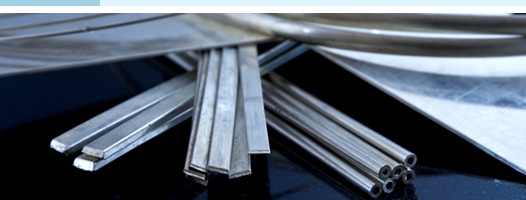
Palladium has a history that is sealed with that of platinum, with which it is found, and with which it is also associated as a member of the platinum metals group, also known as the nobel metals. “Native platinum” refers to the natively occuring platinum which is not actually pure platinum at all, but rather a natively alloyed mix of platinum group metals including palladium. Palladium was not separated from platinum for quite some time after the discovery of native platinum, so the early history is a shared one.
Despite being worked with some skill by South American Indians over 1,000 years ago, not until the Spanish conquest of the New World during the fifteenth and sixteenth centuries did news reach Europe of a new white metal with unusual properties. The Spanish first considered the metal a nuisance because it interfered with their gold mining activities. In fact, since native platinum was considered of little value, it was soon being used by forgers to adulterate Spanish gold coins. The coins were struck in native platinum then guilded with gold to look like genuine gold coins.
Platinum’s extraordinary properties did interest European scientists where platinum was noted as a substance that could not “melt by fire or by any of the Spanish arts.” It was heavier than gold and virtually impossible to corrode with gases or chemicals and, in 1751, recognized as a newly discovered element.

From the Greek name “Pallas”, goddess of wisdom, Palladium was discovered by the British chemist William Hyde Wollaston in 1803. It took nearly two centuries for palladium’s significance to be recognized, and the fight against global pollution owes a lot to this unique metal.
Following the perfection of his technique to obtain pure samples of platinum in 1801, William Hyde Wollaston went on to isolate palladium from platinum two years later by dissolving native platinum in aqua regia (a mixture of hydrochloric and nitric acid). He named it after Pallas, the ancient Greek goddess of wisdom whose name had also been recently lent to the second asteroid ever discovered.
The use of palladium really took off in the 1970s when demand for catalytic converters - in which its remarkable properties play a key role increased as automobile emission standards were introduced in the developed world. As these standards were tightened and applied globally in the 90s, demand for palladium expanded exponentially.





